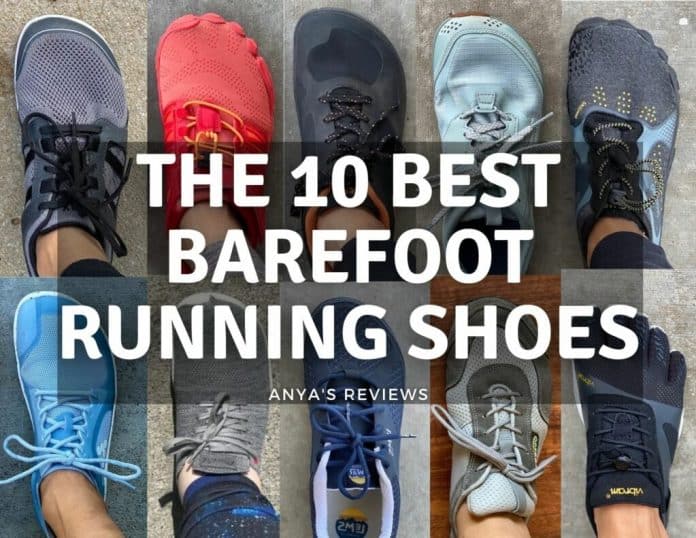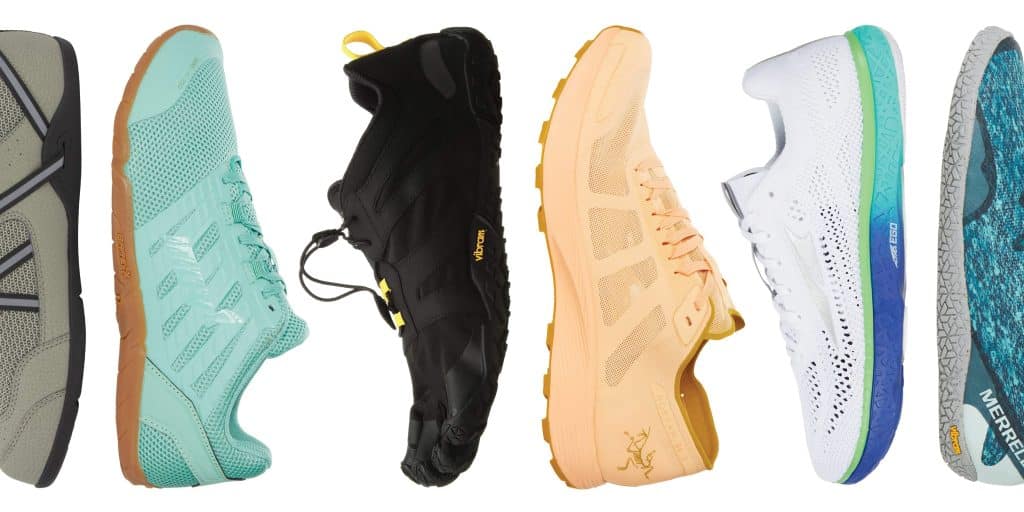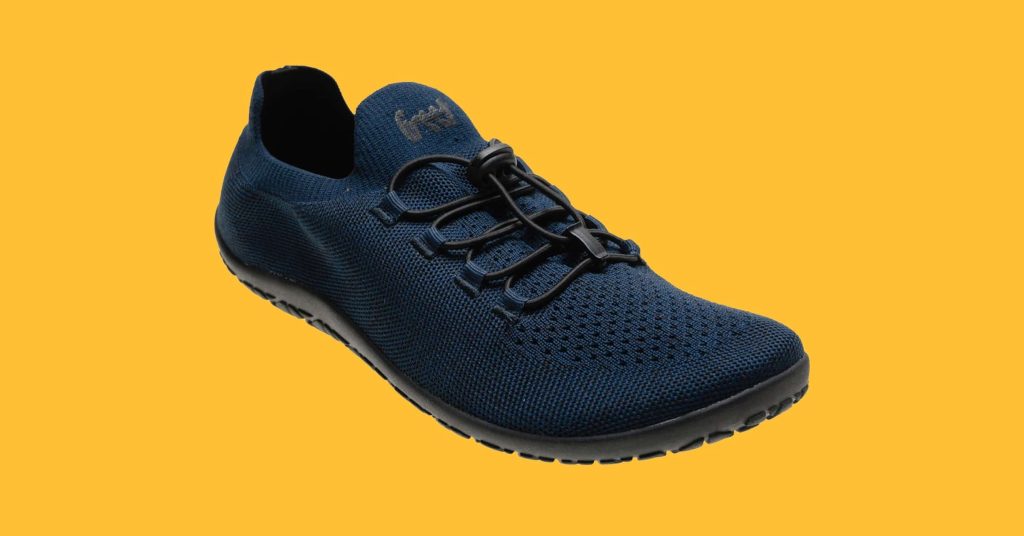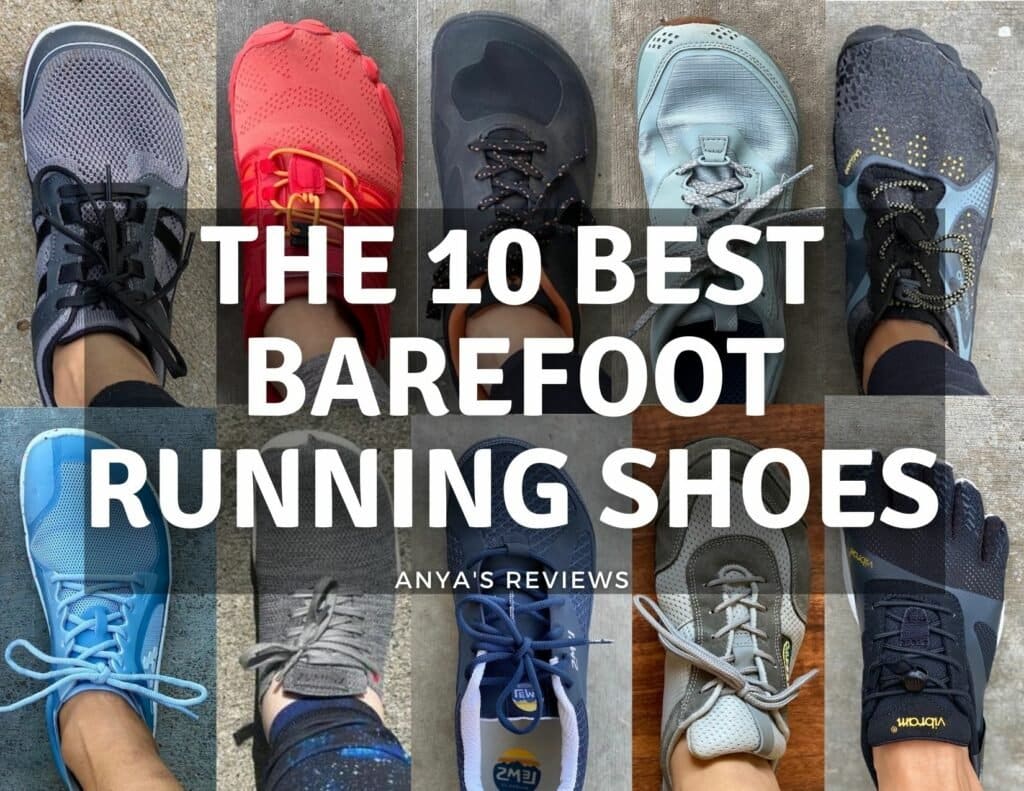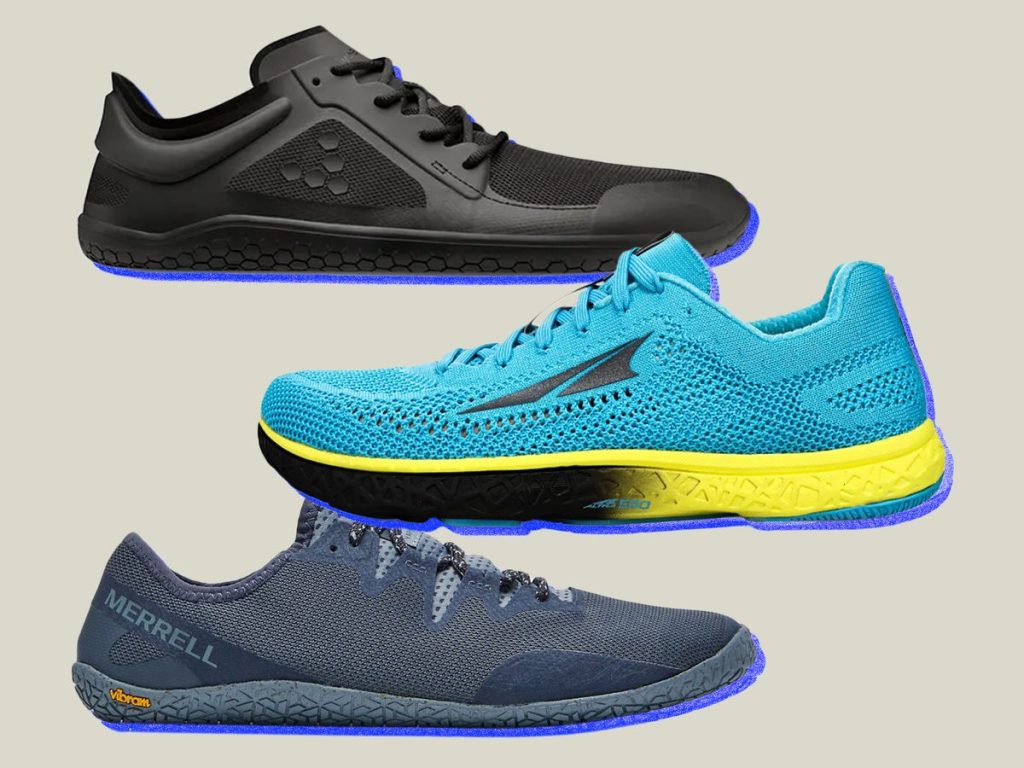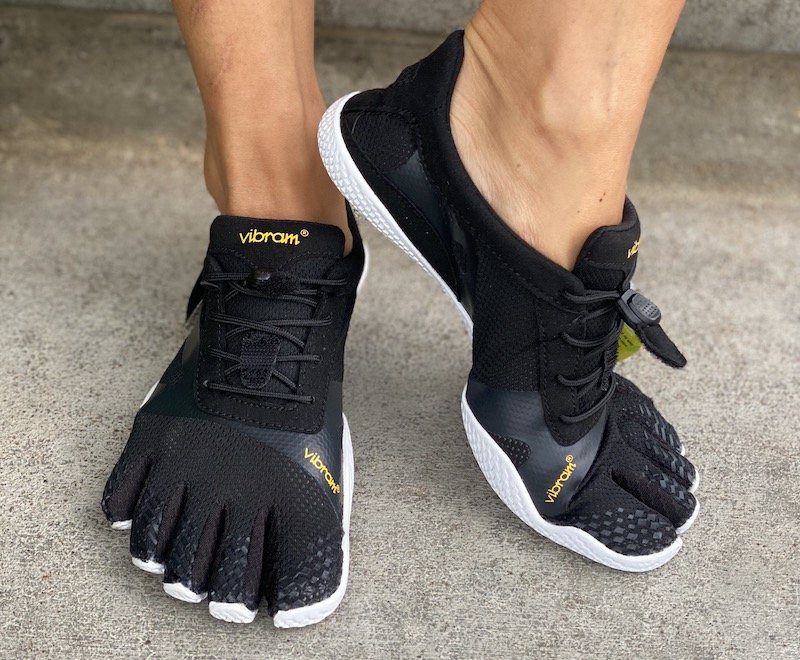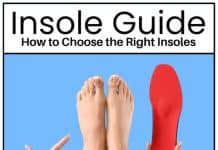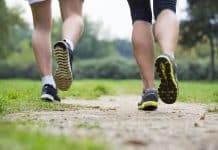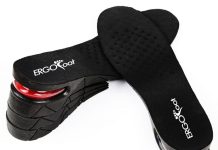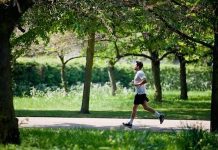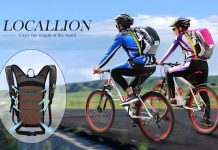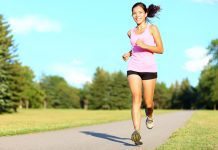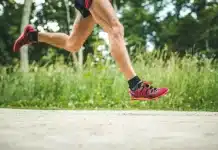Are you curious about whether minimalist shoes are a good option for running? This article explores the benefits and considerations of minimalist shoes for runners.
Whether you’re a seasoned athlete or just starting, understanding minimalist shoes’ potential advantages and drawbacks can help you make an informed decision about your running footwear.
So, let’s lace up and hit the ground running!
Are Minimalist Shoes Good For Running?
If you’re an avid runner or considering running as a regular exercise, you’ve probably heard about minimalist shoes.
These unique footwear options have gained popularity recently for their potential to improve running form and strengthen foot muscles.
But are minimalist shoes perfect for running? Let’s explore the topic and understand the benefits and drawbacks associated with minimalist shoes.
Understanding Minimalist Shoes
Minimalist shoes are designed to mimic barefoot running while still providing some level of protection and support.
They typically have a thin, flexible sole that allows for natural movement of the feet and a minimal amount of cushioning. Minimalist shoes encourage a more natural running form by promoting a midfoot or forefoot strike instead of a heel strike.
Benefits of Minimalist Shoes
1. Improved Running Form
One of the critical benefits of minimalist shoes is their potential to improve running form. Traditional running shoes often promote a heel strike, increasing impact forces on the body.
With minimalist shoes, the emphasis is on landing with a midfoot or forefoot strike, which can help reduce these impact forces and potentially decrease the risk of specific running-related injuries.
2. Strengthening Foot Muscles
By providing a more natural and less supportive running experience, minimalist shoes can help strengthen the muscles in your feet and lower legs.
The minimal cushioning and flexible sole allow your foot to move more freely, activating the muscles often underutilized in traditional running shoes. Over time, this can lead to more robust and more stable feet, potentially improving your overall running performance.
3. Enhanced Proprioception
Proprioception refers to the body’s ability to perceive its position and movement in space. Minimalist shoes allow for a greater sense of proprioception because they connect your feet and the ground closer. This heightened awareness can help improve your balance, stability, and overall body coordination while running.
4. Increased Agility and Speed
Minimalist shoes promote a more natural running form and a lighter footstrike, which can translate to increased agility and speed. With improved foot and leg strength and enhanced proprioception, runners may find themselves moving more efficiently and effortlessly. This can be particularly beneficial for competitive runners or those looking to improve their running performance.
5. Reduced Risk of Injuries
While the risk of injuries varies among individuals, minimalist shoes may help reduce the risk of specific running-related injuries. By encouraging a midfoot or forefoot strike, minimalist shoes can decrease the impact forces on the body, contributing to a lower risk of injuries such as stress fractures, shin splints, and knee pain.
Drawbacks of Minimalist Shoes
While minimalist shoes offer several potential benefits for runners, it is also essential to consider the drawbacks.
1. Transition Period
Transitioning from traditional running shoes to minimalist shoes requires a gradual adjustment period. If you’ve been running in heavily cushioned shoes with a heel strike for a long time, suddenly switching to minimalist shoes can strain your muscles and joints excessively. It is recommended to gradually increase the time and distance you spend wearing minimalist shoes to allow your body to adapt and strengthen gradually.
2. Lack of Cushioning
Minimalist shoes typically have minimal cushioning compared to traditional running shoes. While this lack of cushioning may be advantageous for some runners, it can be a potential drawback for others, especially those with pre-existing foot or knee conditions.
The reduced cushioning may increase the impact forces on the body, potentially leading to discomfort or injury.
3. Potential Overuse Injuries
While minimalist shoes can help strengthen foot muscles and improve running form, overuse injuries are risky if not used appropriately.
The nature of minimalist shoes encourages a more natural and dynamic running style, which may increase the workload on specific muscles and joints. It is essential to listen to your body, gradually increase your running mileage, and incorporate proper rest and recovery periods to avoid overuse injuries.
4. Not Suitable for Everyone
Minimalist shoes may not be suitable for everyone. Individuals with certain foot conditions or structural abnormalities may require more support and cushioning to run comfortably and safely.
It is essential to consult with a healthcare professional or a podiatrist before transitioning to minimalist shoes, especially if you have a history of foot or lower limb problems.
Finding the Right Minimalist Shoe
If you try minimalist shoes, finding the right pair that suits your needs and running style is essential. Here are some factors to consider:
1. Consider Shoe Design
Minimalist shoes come in various designs, ranging from an utterly barefoot experience to those with slightly more support and cushioning.
Think about your preferences and how much protection and support you need while running. Experiment with different designs to find the most comfortable and suitable for your running needs.
2. Assess Heel-to-Toe Drop
Heel-to-toe drop refers to the difference in cushioning thickness between the heel and the forefoot of a shoe.
Minimalist shoes typically have a low or zero heel-to-toe drop, promoting a more natural foot strike. Assess your comfort level and running style to determine the right amount of heel-to-toe drop that works best for you.
3. Choose a Proper Fit
Just like traditional running shoes, choosing a minimalist shoe that fits properly is essential. Ensure that there is enough room for your toes to move freely and that the shoe provides adequate support and stability. Trying on different sizes and styles can help you find the perfect fit for your feet.
4. Gradual Transition Period
As mentioned, transitioning to minimalist shoes should be done gradually to avoid potential injuries. Start by incorporating short runs or walks in minimalist shoes into your training routine, gradually increasing the distance and time spent wearing them. This gradual approach allows your muscles and joints to adapt, reducing the risk of strain or overuse injuries.
Conclusion
Minimalist shoes can offer runners several benefits, including improved running form, strengthened foot muscles, enhanced proprioception, increased agility and speed, and potentially reduced risk of specific injuries.
However, it is essential to be aware of the drawbacks and take the necessary precautions, such as a gradual transition period and finding the right shoe for your needs. If you’re considering trying minimalist shoes for running, consult with a healthcare professional or podiatrist to determine if they are suitable for you.
Remember to listen to your body, prioritize proper training techniques, and enjoy minimalist shoes’ benefits to your running experience. Happy running!

